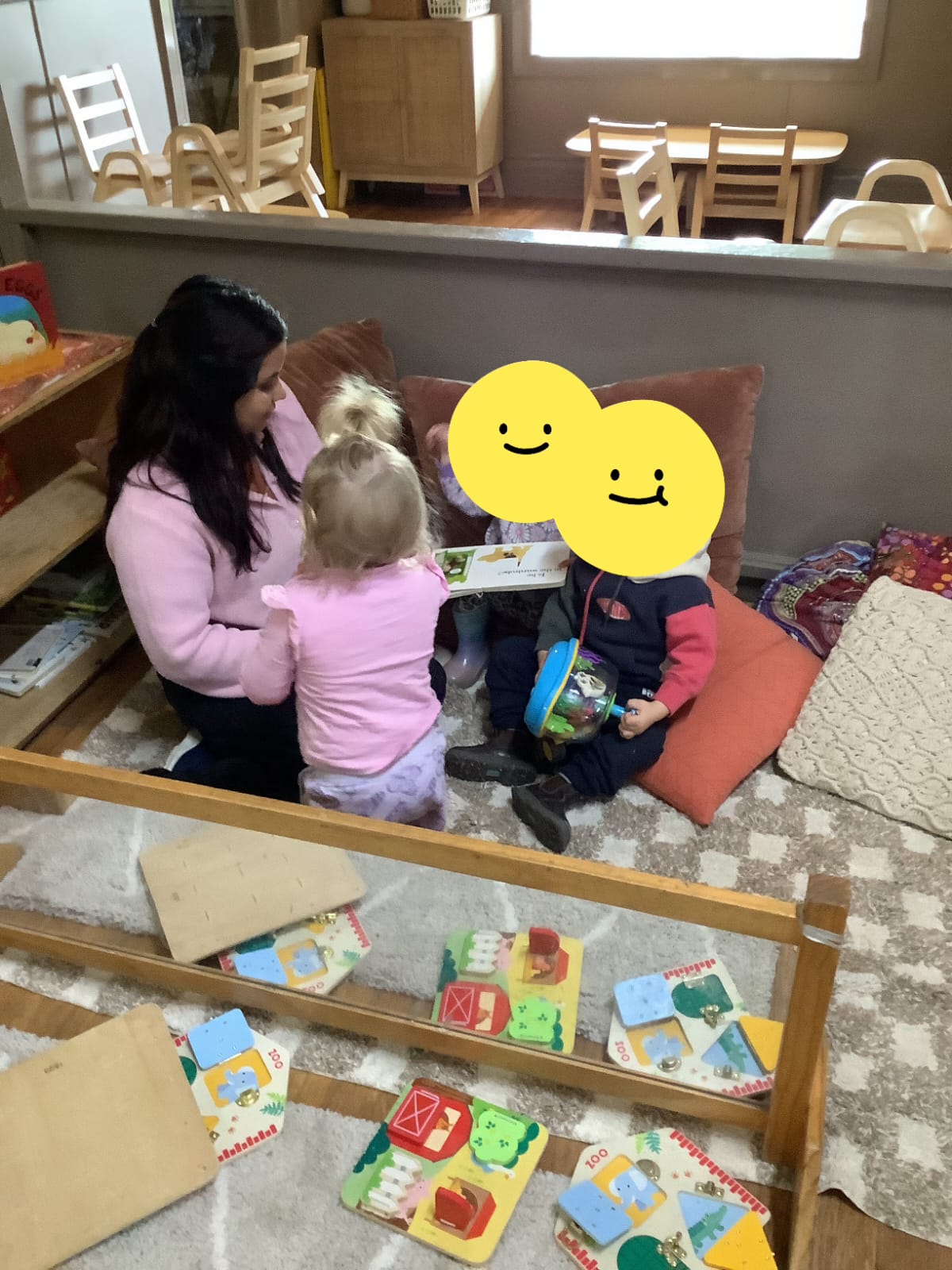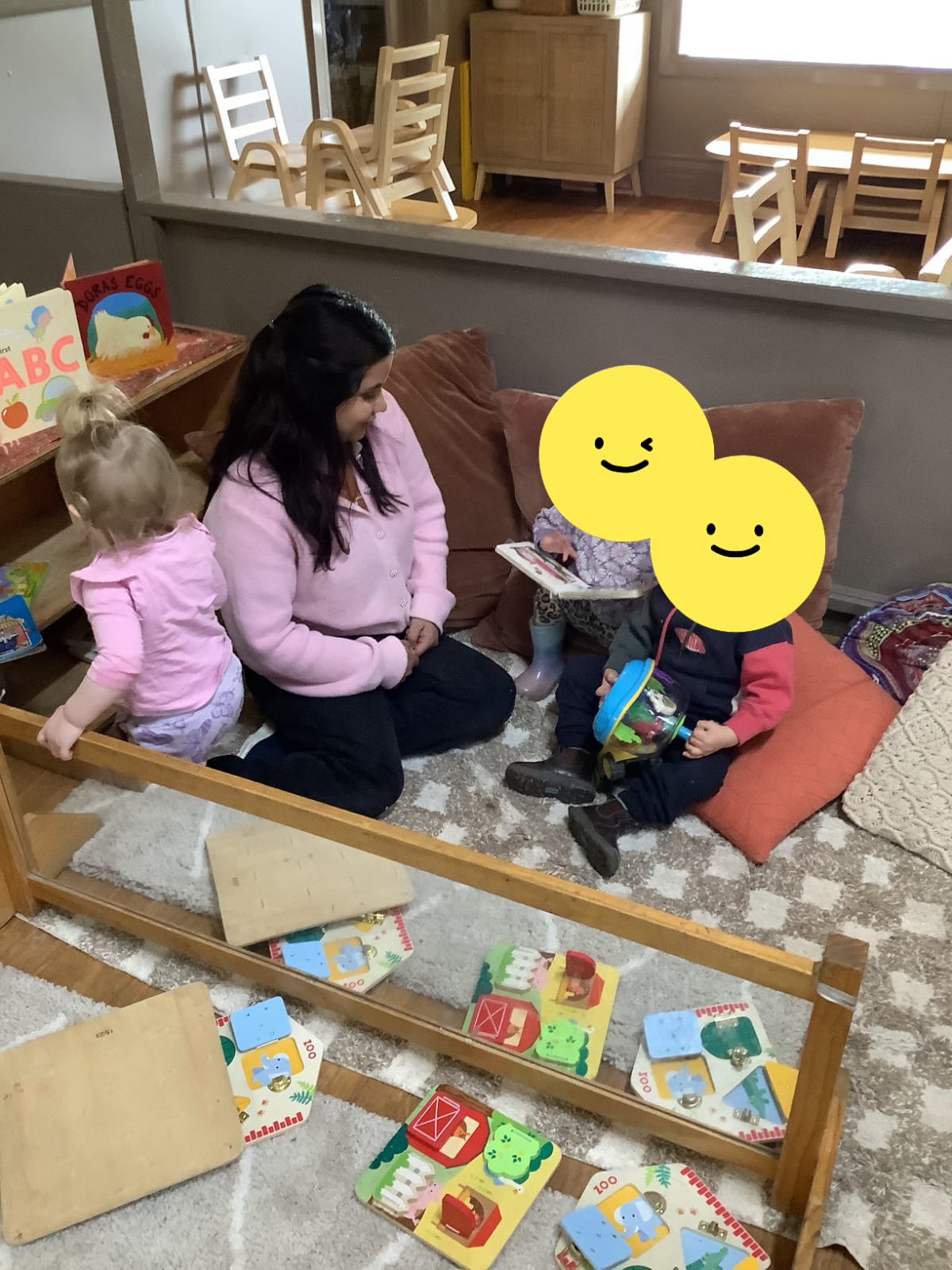Week 4



This week, the children showed a great curiosity about animals. While I was reading a book on the mat, they eagerly asked for “We’re Going on a Bear Hunt” (Rosen and Oxenbury, 2009). As we read, their excitement grew, especially when we met the bear. They happily shouted “hide, hide!” and began to show me their favourite hiding spots around the room. Their enthusiasm inspired me to set up a fun learning environment with animal puzzles and activities that let them explore animal sounds and learn about different animals. To make this experience even better, we had reading sessions focused on animals, sang fun songs about our theme, and even danced to celebrate their joy of learning (Lesley Mandel Morrow, 2020).
I made sure our activities followed national guidelines and standards in education. By building respectful relationships, I created a welcoming space where every child’s voice is valued. This was especially important for a child with special needs, as I adjusted my communication to help the child participate, showing my commitment to dignity, fairness, and inclusion (Gonzalez-Mena and Widmeyer Eyer, 2021). I emphasised play-based learning because it helps children learn best when they are playing. The hands-on puzzles not only supported their thinking skills but also improved their fine motor skills (Beloglovsky and Daly, 2015). This activities were carefully designed to match the national curriculum and the children’s interests. This helped the children appreciate the different backgrounds represented in our possum room. As I look back on this week, I see how important it is to use different ideas to guide behaviour and support individual needs. By continuously reflecting and adapting our practices, I am excited to keep encouraging a love of learning, promote sustainability, and embrace the rich mix of cultures in our routines (Arthur, Beecher and Death, 2020).